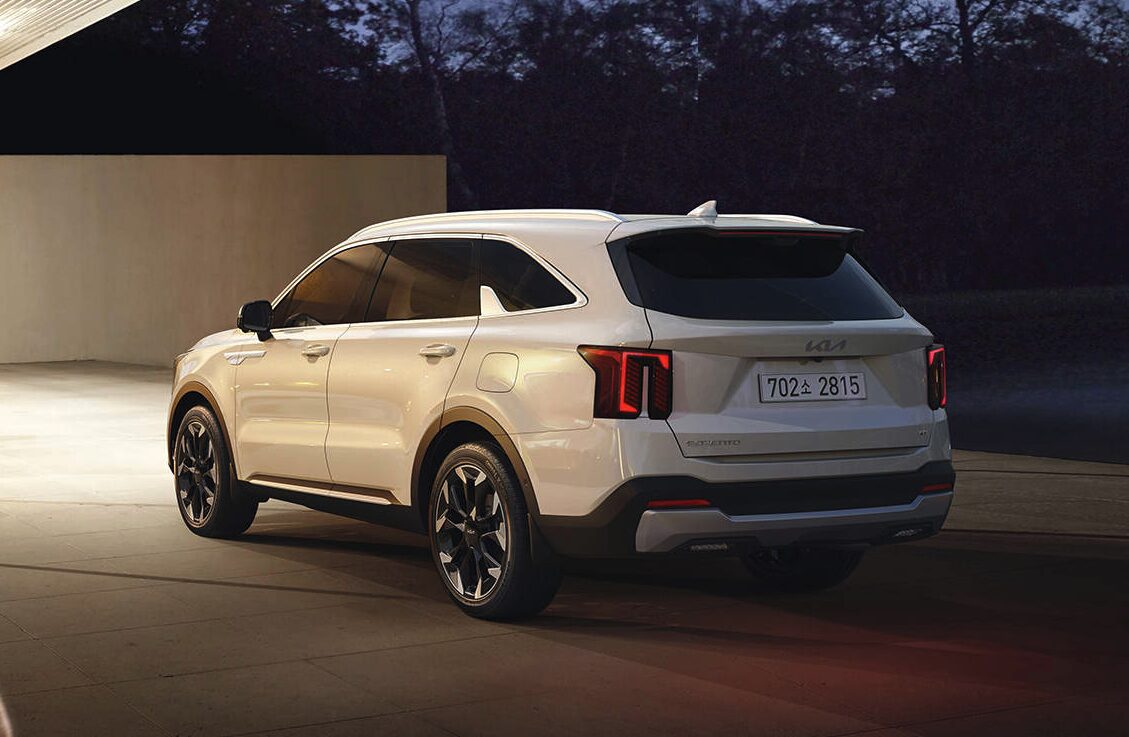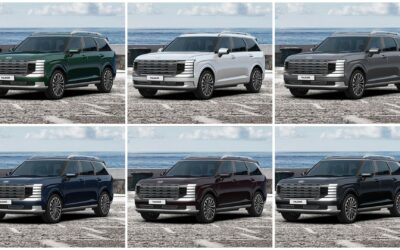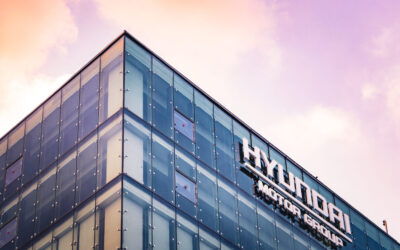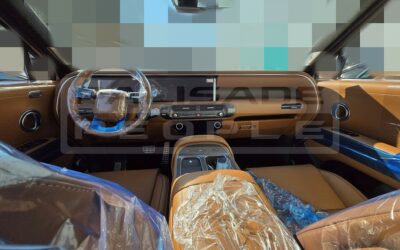In a surprising turn of events, Kia has dethroned Hyundai to become the top-selling domestic car brand in South Korea for the first quarter. The rivalry between these two automotive giants has reached a new peak, with Kia leading by a margin of over 10,000 units. This article delves into the sales performances that marked the first quarter, showcasing the trends that have set Kia ahead in the race.
Market Overview: A Challenging Quarter
The South Korean domestic car market witnessed a 12% decline in sales in the first quarter, with total units sold dropping to 322,211 from 366,413 units in the same period last year. Despite the overall market contraction, certain brands like Genesis and GM have seen growth, while others have faced declines in sales.
Kia’s Leading Edge
Kia emerged as the market leader, recording sales of 137,622 units, albeit a 2.9% decrease from the previous year’s 141,740 units. The brand’s success was largely driven by its flagship models: the Carnival, Sorento, and Sportage. The Sorento, hailed as the national car for the quarter, saw a remarkable 65% increase in sales, totaling 26,929 units. The Carnival and Sportage also posted significant gains, with sales up 14.5% and 14.3% respectively.
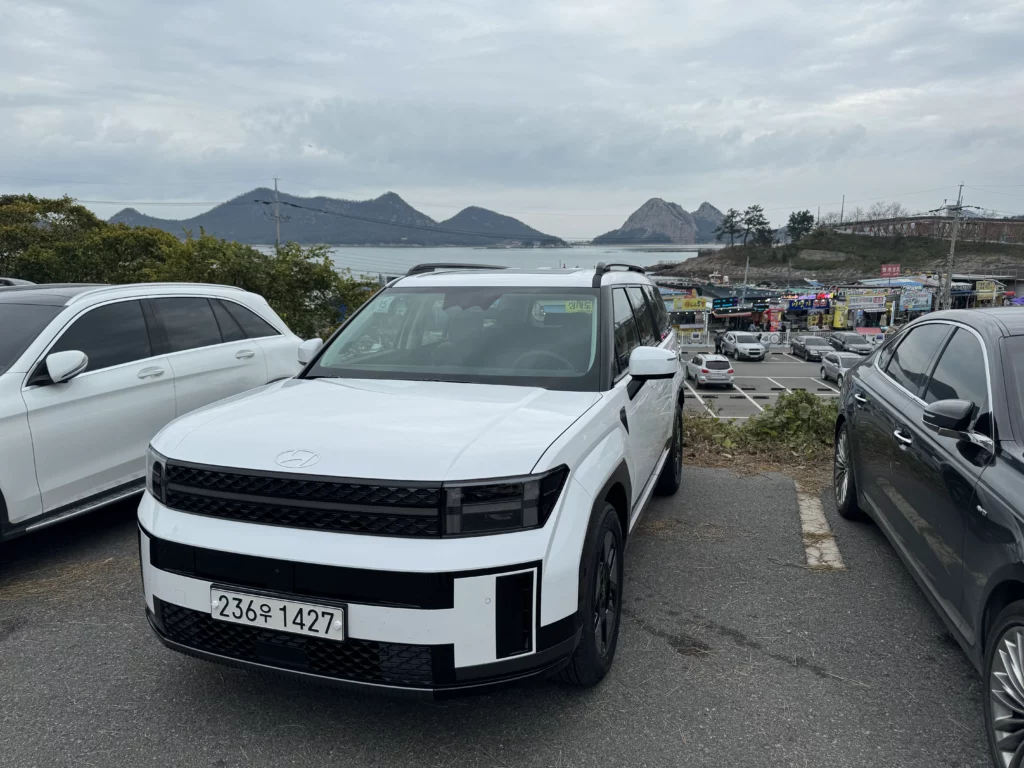
Hyundai’s Struggle to Keep Up
Hyundai, traditionally the dominant player, sold 126,197 units, marking a significant 21.2% decline from the previous year. While the Santa Fe saw an impressive 196% increase in sales, other models like the Porter and Granzer experienced substantial drops, contributing to Hyundai’s overall lag behind Kia.
Genesis: A Silver Lining for Hyundai
The luxury brand Genesis, part of the Hyundai Motor Group, recorded a 9.7% increase in sales, with 33,770 units sold. The GV80 led this surge with a 113% increase in sales, demonstrating the brand’s growing appeal in the premium segment.
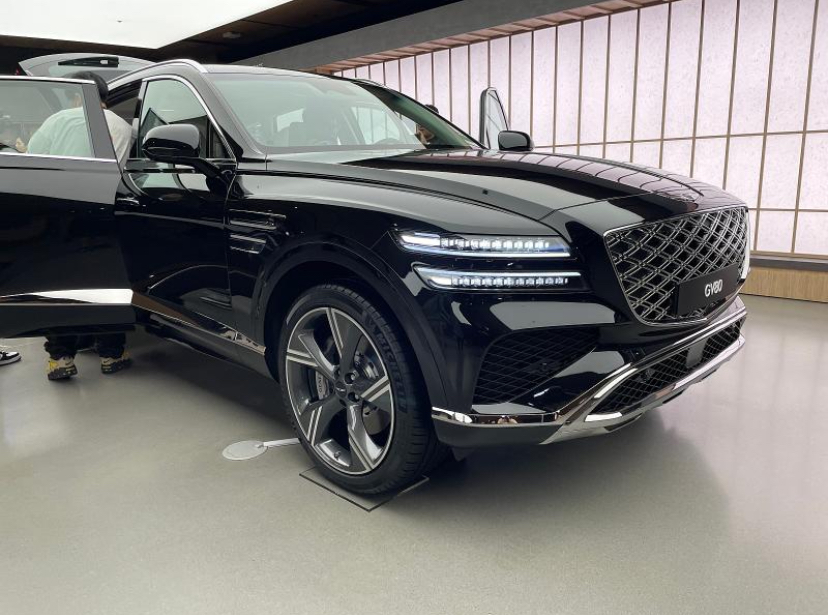
Analysis: Factors Behind the Shift
Several factors have contributed to Kia’s rise to the top. Innovative design, a focus on customer preferences, and aggressive marketing strategies have played crucial roles. Additionally, Kia’s ability to maintain a robust product lineup, with updates to popular models like the Sorento and Carnival, has resonated well with consumers.
The Road Ahead
As Kia and Hyundai continue their rivalry, the landscape of South Korea’s automotive market remains dynamic. With both brands looking to innovate and capture more market share, especially in electric vehicles and global markets, the competition is set to intensify. Consumers can expect continued advancements in technology, design, and performance as these giants vie for dominance.
Conclusion
The first quarter has set a new tone for the rivalry between Hyundai and Kia, with Kia taking a lead that underscores the competitive nature of the automotive industry. As both brands navigate the challenges of a shifting market, their rivalry remains a key driver of innovation and excellence in South Korea’s automotive sector.

